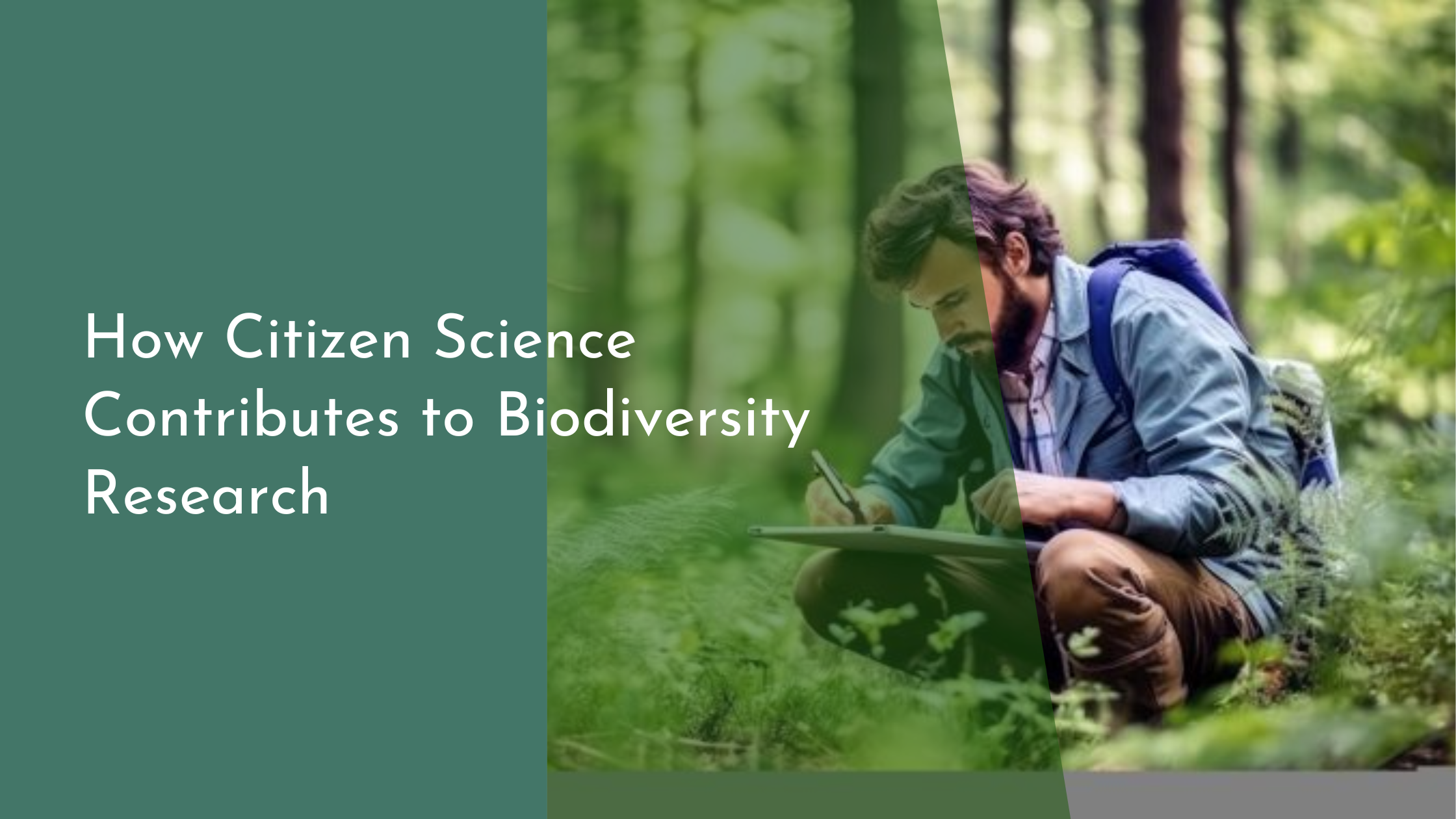How Citizen Science Contributes to Biodiversity Research
Citizen science is revolutionizing the way we explore and understand the natural world, particularly in the realm of biodiversity research. By engaging everyday citizens in scientific endeavors, researchers can gather vast amounts of data, expanding the scope and scale of their studies. This collaborative approach not only accelerates scientific discoveries but also fosters a deeper connection between people and the environment. In this article, we delve into how citizen science is making a significant impact on biodiversity research, the tools available for citizen participants, some notable success stories, and what the future holds for this burgeoning field.
Engaging Communities in Biodiversity Research
Citizen science bridges the gap between professional scientists and the general public, inviting individuals from all walks of life to participate in meaningful biodiversity research. By involving local communities, scientists harness a diverse array of perspectives and knowledge, which can lead to more comprehensive and inclusive studies. This engagement encourages communities to become active stewards of their local ecosystems, enhancing their understanding and appreciation of the natural world around them.
Moreover, citizen science projects often serve as educational platforms, where participants can learn about scientific methods, data collection, and biodiversity issues firsthand. These projects often spark curiosity and inspire participants to pursue further involvement in environmental conservation. By transforming passive observers into active contributors, citizen science fosters a sense of ownership and responsibility for the health of our planet, ultimately contributing to more sustainable environmental practices.
Tools and Platforms for Citizen Scientists
In the digital age, a plethora of tools and platforms are available to empower citizen scientists in biodiversity research. Mobile apps such as iNaturalist and eBird enable participants to easily document and share their observations of biodiversity, contributing valuable data to scientific databases. These user-friendly tools often incorporate features like species identification, geotagging, and data validation, ensuring the accuracy and relevance of the information collected.
Online platforms provide additional resources, such as forums, tutorials, and collaborative projects, to support citizen scientists in their endeavors. These platforms often host extensive databases that help participants learn more about species and ecosystems, broadening their understanding of biodiversity. By providing accessible and engaging resources, these tools encourage more people to take part in scientific research, making citizen science a powerful force for advancing our knowledge of the natural world.
Success Stories: Impact of Citizen Science
The contributions of citizen scientists have resulted in significant advancements in biodiversity research, as evidenced by numerous success stories. For example, the Great Backyard Bird Count, an annual event involving thousands of participants worldwide, has provided crucial data on bird population trends and migration patterns. This information has informed conservation strategies, helping to protect vulnerable species and their habitats.
Another notable success is the Reef Life Survey, which enlists volunteer divers to gather data on marine biodiversity. This project has generated valuable insights into the health of coral reefs and the impact of human activities on marine life. By engaging citizen scientists in underwater surveys, researchers have been able to monitor the status of reef ecosystems across the globe, identifying areas in need of conservation efforts and guiding policy decisions.
Looking Ahead: The Future of Biodiversity Studies
As technology continues to evolve, the potential for citizen science in biodiversity research is limitless. Advances in artificial intelligence, machine learning, and data analysis are paving the way for more sophisticated data collection and interpretation. These innovations will enhance the capabilities of citizen scientists, allowing for more accurate and comprehensive studies of biodiversity across diverse ecosystems.
Looking ahead, the integration of citizen science into formal research frameworks will likely become more prevalent, bridging the gap between professional scientists and the public. This collaborative approach will not only democratize science but also accelerate the pace of discovery, leading to more effective conservation strategies and a deeper understanding of our natural world. By fostering a global community of engaged and informed citizens, we can work together to protect and preserve biodiversity for future generations.
Citizen science has emerged as a transformative force in biodiversity research, empowering individuals to contribute valuable data and insights to scientific studies. By engaging communities, providing accessible tools, and leveraging the power of collective action, citizen science is driving significant advancements in our understanding of the natural world. As we look to the future, continued collaboration between professional researchers and citizen scientists will play a crucial role in addressing the challenges facing biodiversity. Together, we can create a more sustainable and resilient environment for ourselves and future generations, ensuring the preservation of our planet’s rich tapestry of life.

